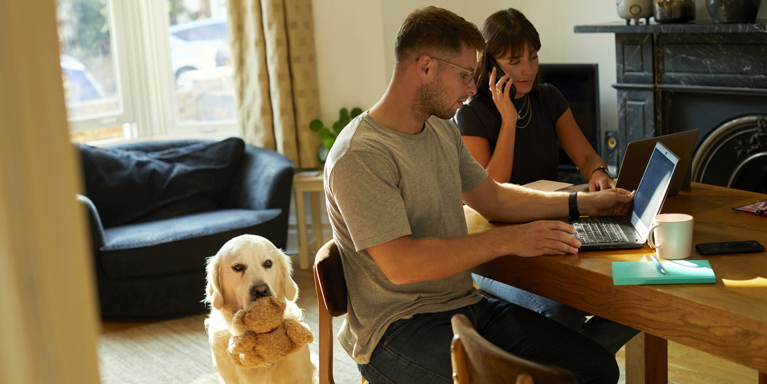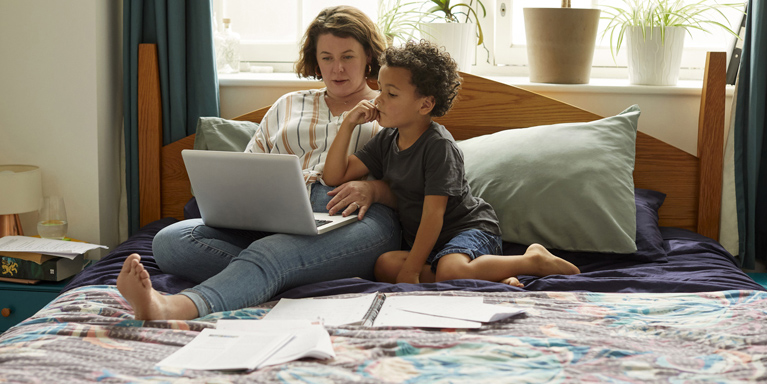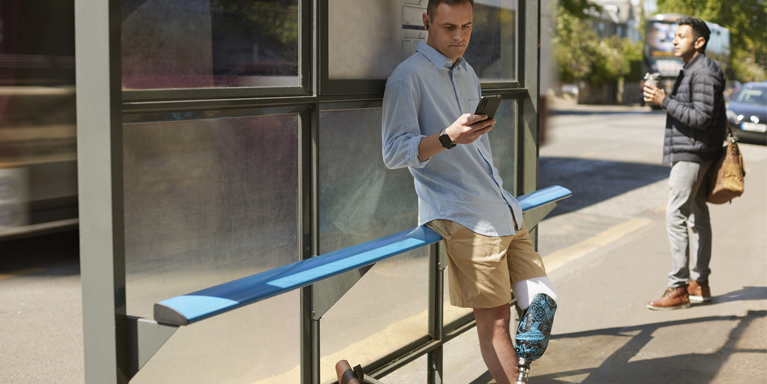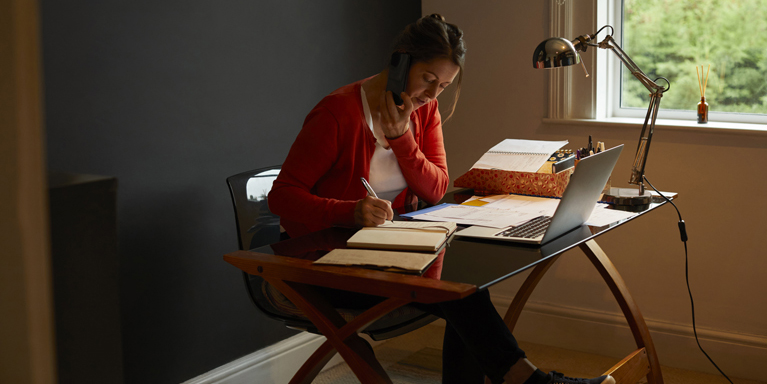Popular social media platforms
Let’s look at the UK’s Top 10 most popular social media platforms:
WhatsApp is a free instant messaging service. You can use it to connect, chat and call other people using their phone number. Unlike apps like Facebook, this site is just for sending and receiving messages, and having calls/video calls with people.
Facebook is free to use too. It has lots of features and people use it for different reasons.
You can:
- Chat with friends, family and contacts.
- Post images and videos.
- View and react to other people’s posts.
- Create and join groups/communities.
- Keep track of your friends’ birthdays.
- Plan events and meet-ups.
- Buy and sell goods on the virtual ‘marketplace’.
Instagram is a free image sharing platform. People post photos and videos on it. There’s also a feature called ‘stories’. This lets you share short video clips or images that disappear after 24 hours. You can buy and sell goods through the shopping feature.
Facebook Messenger is the instant messaging part of Facebook. You can access it on the Facebook app, but most people use the separate Facebook Messenger app. This is a free messaging service just like WhatsAppSo you can chat, group chat, phone and video call through the platform.
Twitter was renamed ‘X’ in 2023. It lets you share updates, thoughts and ideas with other X users. You can edit your settings so only certain people can see your posts, like your friends and family. People also use it to share far and wide. Posts, known as ‘tweets’, are up to 280 characters long. They’re short and to the point. You can also post images and videos and follow people/groups you’re interested in.
TikTok is a fairly new, free platform. It became popular very quickly – especially with younger people. They use it as a video sharing app. So you can scroll through short videos from friends, people you follow, or the wider TikTok community. It also has a messaging option.
iMessage is another free social messaging service. This one’s only on Apple devices.You can chat, group chat, call and video call on it.
Snapchat is another video sharing platform. People tends to use it with friends or family members. Snapchat videos automatically delete after a set period of time, depending on your settings. Snapchat also has ‘stories’ and a chat function that you can use to chat or ‘snap’, one to one or with a group. You can call and video call too.
This is mainly a job/career-based social media platform. Professionals, businesses and people looking for jobs all use it. It’s free to use, with extra features you can pay for.
You can:
- Search and apply for jobs.
- Network with others.
- Share posts and events.
- Chat with your network.
- Make video calls.
Pinterest is a free image sharing platform. People share images and ideas on many topics Mostly, you’ll find images shared with text and links. Use the search bar to find posts that match your interests. Then pin them to a virtual ideas board. You can have multiple boards and they can be private or public.









